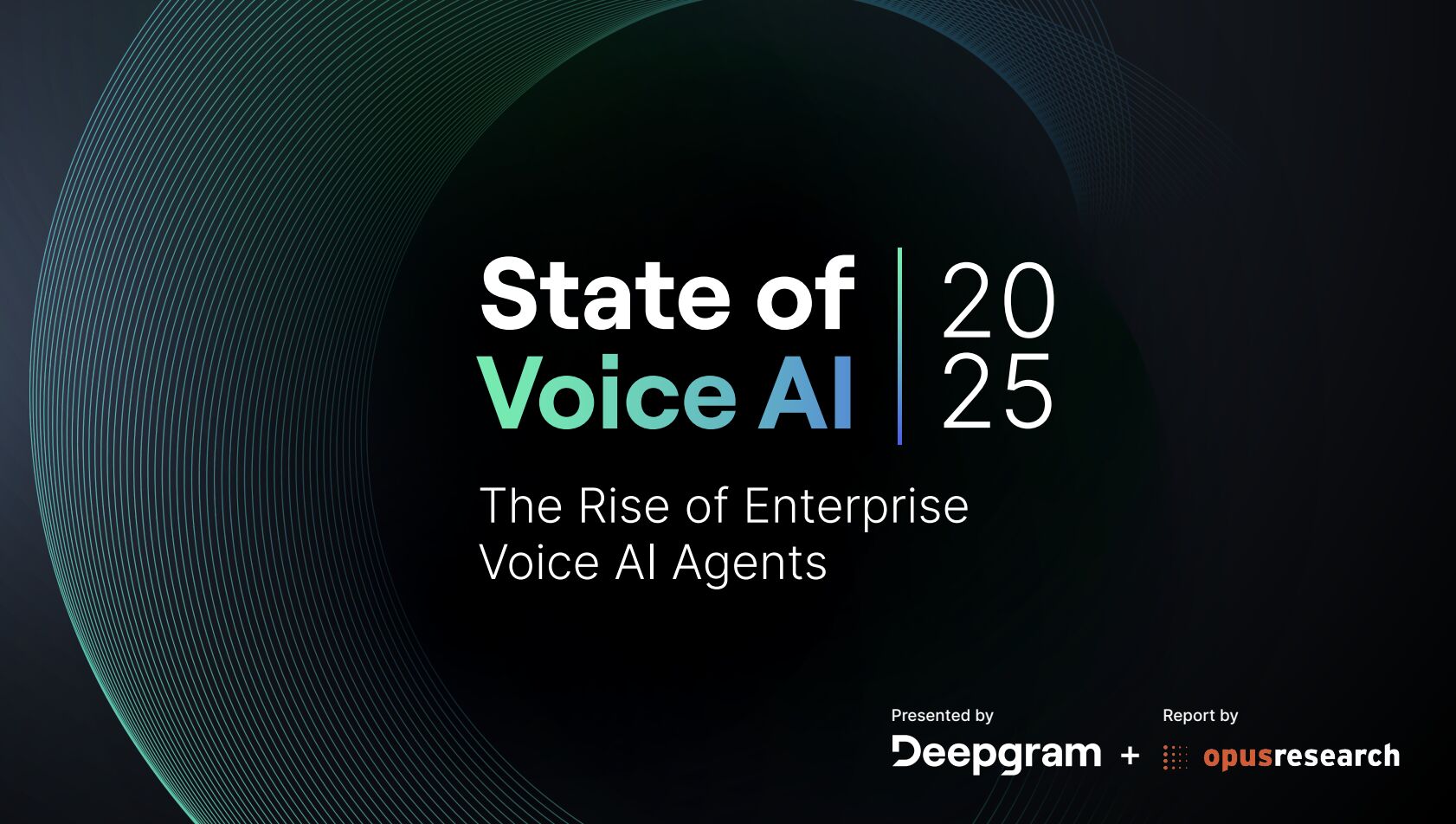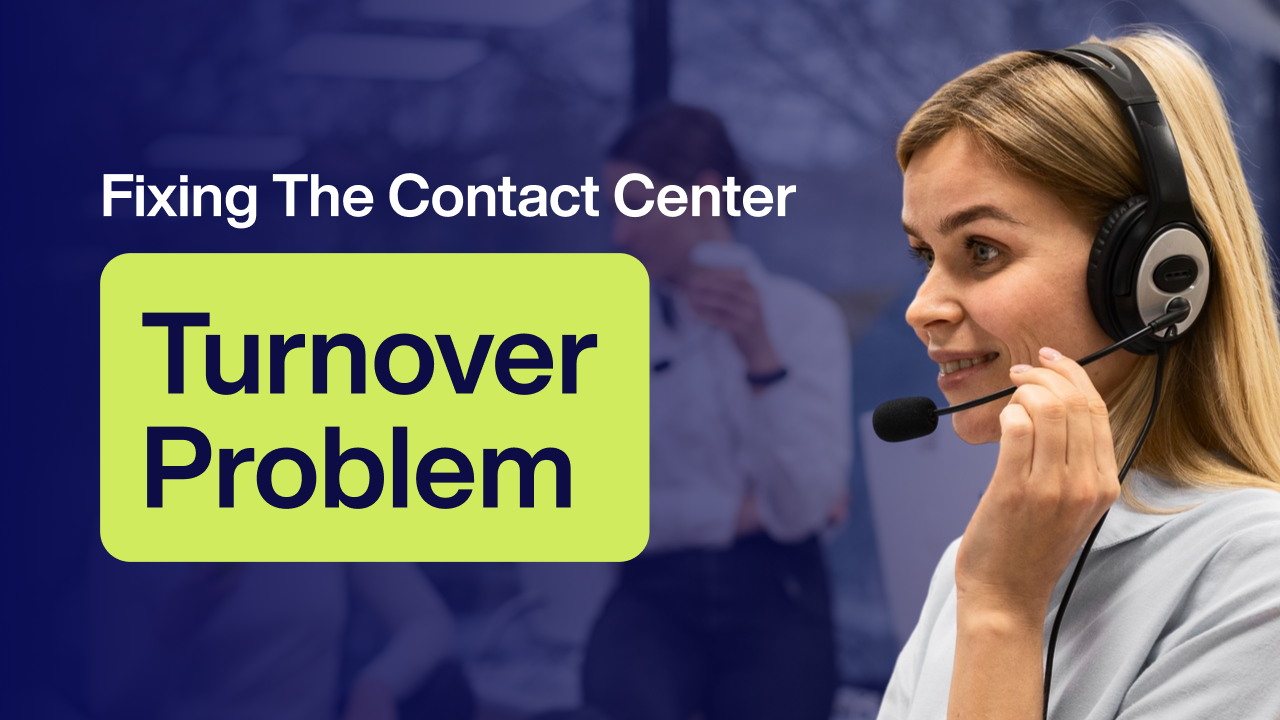Agent Augmentation in Real-Time: What Happens During An AI-Assisted Call
.png)
Inside the AI-Assisted Call
Most people think AI-assisted customer service means robots handling calls. The reality is more interesting: AI works behind the scenes, giving human agents superpowers during live conversations.
Here's what actually happens when customers call companies using real-time AI assistance.
The First 30 Seconds: Instant Context
Before the agent says hello:
- AI pulls complete customer history from multiple systems
- Recent orders, past issues, and account status appear on screen
- Relevant knowledge articles load automatically
- Customer sentiment analysis from previous interactions displays
What agents see: Instead of starting blind, agents greet customers with full context already loaded. They know if this is a follow-up call, whether the customer had recent problems, and what solutions might work.
Customer impact: Calls feel personal immediately. No "let me pull up your account" delays or repetitive questions about basic information.
Minutes 1-3: Smart Suggestions
AI monitors the conversation and provides:
- Relevant troubleshooting steps based on customer description
- Policy information for specific situations
- Similar case resolutions from knowledge base
- Escalation triggers for complex issues
Agent experience: Agents see suggested responses and solutions appear in real-time as customers explain problems. They can focus on listening and relationship building while AI handles information retrieval.
Productivity gains: Agents spend 60% less time searching for information. Average call handling time drops while solution quality improves.
Mid-Call: Dynamic Problem Solving
AI continuously analyzes:
- Customer language patterns and emotion levels
- Technical details mentioned during troubleshooting
- Success probability of different solution approaches
- Cross-sell opportunities based on customer needs
Real-time assistance: AI suggests next steps based on what customers say. If troubleshooting isn't working, AI recommends alternative approaches or escalation paths before customers get frustrated.
Customer experience: Conversations flow naturally without awkward pauses while agents search systems. Solutions feel tailored rather than scripted.
Final Minutes: Resolution and Follow-up
AI helps close effectively:
- Generates summary of actions taken
- Suggests appropriate follow-up timelines
- Identifies if customer satisfaction seems low
- Recommends relevant products or services
Documentation automation: AI creates detailed case notes automatically, capturing problem descriptions, solutions attempted, and outcomes achieved.
The Productivity Revolution
Measurable improvements:
- 40% faster average resolution times
- 35% increase in first-call resolution rates
- 50% reduction in after-call work time
- 25% improvement in customer satisfaction scores
Agent satisfaction gains: Agents report higher job satisfaction because they spend time solving problems rather than hunting for information. The technology makes them more effective at what they're trained to do.
Behind-the-Scenes Technology
Real-time processing: AI systems analyze speech-to-text conversion instantly, providing suggestions faster than agents can read them. Machine learning improves recommendations based on successful interaction patterns.
Integration requirements: Effective real-time assistance requires AI platforms connected to customer databases, knowledge management systems, and communication tools simultaneously.
The Customer Perspective
Customers rarely realize AI is involved. They experience knowledgeable agents who quickly understand problems and provide accurate solutions. The technology remains invisible while improving every interaction.
Ready to implement real-time AI assistance for your agents?
EGS helps organizations deploy AI augmentation that makes agents more effective while improving customer experiences.

No Spam —
Just Good Stuff.
Join our newsletter for actionable advice, insider knowledge, and strategies that drive real results.
No fluff, just value.
.png)
%20(1).png)
From The Blog
Read All Articles
Hybrid AI in Banking: Handling Complex Service Without Losing the Human Touch

Hybrid AI for Financial Services: Solving Complex Service Without Losing the Human Touch

How Hybrid AI Reduces Patient No-Shows and Scheduler Burnout

Hybrid AI That Actually Moves the Needle in Healthcare RCM

How AI-Human Collaboration Elevates Quality Assurance on the Factory Floor

Why Nearshore Hybrid BPOs Outperform Offshore Automation Centers

How Hybrid AI Voice Bots Elevate CX and Make Agents Unstoppable

AI‑Human Hybrid Support That Elevates Fraud Detection and Compliance

How Hybrid AI Streamlines Healthcare Revenue Cycle—Without Losing the Human Touch

AI-human hybrid quality assurance for supply chain accuracy

Why Nearshore Hybrid BPOs Outperform Offshore Automation Centers

AI + Human QA on the Line: How Hybrid Teams Raise Manufacturing Quality

Why Nearshore Hybrid BPOs Outperform Offshore Automation Centers

How AI-Human Collaboration Elevates Quality Assurance in Modern Manufacturing

Hybrid AI That Keeps Schedules Full: Reducing Patient No‑Shows and Burnout

Why Nearshore Hybrid BPOs Outperform Offshore Automation Centers

Hybrid AI That Quietly Fixes Healthcare RCM—Starting With the Schedule

How AI-Human Collaboration Raises the Bar on Manufacturing Quality Assurance

How Hybrid AI Tackles the Toughest Banking Service Moments

AI + Human QA: How Hybrid Teams Catch Defects Early and Strengthen Audits

How Hybrid AI Cuts Churn in Telecom and Retail—Without Losing the Human Touch

Hybrid AI for Financial Services: Faster Resolution, Stronger Compliance, Human-Centered Support

Hybrid AI That Fills Schedules and Eases Burnout: Reducing Patient No-Shows in Healthcare

Hybrid AI-human support that strengthens fraud detection and compliance—without breaking customer trust

AI + Humans: Elevating Quality Assurance on the Factory Floor

AI-human hybrid quality assurance for supply chain accuracy

Hybrid AI That Keeps Schedules Full—and Clinicians Fresh

AI-Human Hybrid Support: Stronger Fraud Detection and Compliance at the Contact Center

Why Nearshore Hybrid BPOs Outperform Offshore Automation Centers

From Empty Slots to Full Days: Hybrid AI Scheduling That Reduces Burnout

From No‑Shows to Full Days: Hybrid AI That Fixes Provider Schedules Without Burning Out Staff

From Empty Slots to Full Schedules: Hybrid AI That Boosts Access and Reduces Burnout

Stop the Scheduling Spiral: Hybrid AI That Fills Schedules Without Burning Out Providers

Stop Empty Slots from Fueling Burnout: Hybrid AI-Human Scheduling for Health Systems

From Empty Slots to Full Days: Hybrid AI Scheduling for Health Systems

From Hold Music to Full Schedules: Hybrid AI That Lifts Provider Productivity Without Burning Out Staff

Stop the Scheduling Whiplash: Hybrid AI That Fills Last‑Minute Openings Without Burning Out Your Staff
.png)
Stop the Scheduling Spiral: How Hybrid AI Keeps Providers Productive and Patients Seen
.png)
AI & Financial Services: Where Compliance Meets Conversation

E-commerce's Hybrid AI Advantages: From Order Status to Complicated Returns
.png)
Customer Service & Experience East 2025 (Reuters Events)
.png)
NACHC’s Workforce Conference (formerly FOM/IT)
.png)
Healthcare's AI-Human Sweet Spot: When Empathy Meets Efficiency
.png)
Choosing the Right Contact Center Technology Stack for Your Industry
.png)
Order Management Support: Where AI Excels & Where It Fails
.png)
Customer Success vs. Customer Support: When to Use AI vs. Human Touch

687% Increase in Referral Processing in 6 Months: How One Healthcare Organization Turned Its Patient Support Around

5 Warning Signs Your Medical Referral Process Needs Immediate Attention

AI‑Powered Healthcare Contact Centers: What CX Leaders Need to Know

AI‑Powered Healthcare Contact Centers: What You Need to Know

Healthcare Contact Centers: What Others Are Just Diagnosing, EGS Has Already Solved

Real-Life Use Cases of Contact Center Automation for Cost Reduction

5 Proven Use Cases of Contact Center Automation That Cut Costs by Up to 30%

How Leading Companies Are Reducing Support Costs and Boosting Customer Satisfaction with AI

Real-Life Use Cases of Contact Center Automation for Cost Reduction

Unlocking Efficiency, Speed, and Patient Satisfaction through AI

How Healthcare Leaders Can Leverage AI to Transform Customer Experience (CX)

FQHC-Led Medicaid ACO Innovation: How Illinois is Reinventing Community Care through Value-Based Models

Expanding Access to Mental Health: How Telebehavioral Health Is Transforming Care in Frontier Idaho

Idaho’s Medicaid Expansion: Fueling Growth and Stability in Community Health Centers

Integrating Native Hawaiian Healing Practices: A Cultural Shift in Community Healthcare

Connecting Islands Through Telehealth: How Hawaii’s FQHCs Are Breaking Barriers with Virtual Care

How EGS Leverages Extensible, Integrated Technology to Simplify Health Systems

Addressing Georgia's Maternal Health Crisis: How FQHCs Are Leading the Way




















.png)


.png)
.png)
.png)
.png)
.png)
.png)
.png)
.png)
.png)



